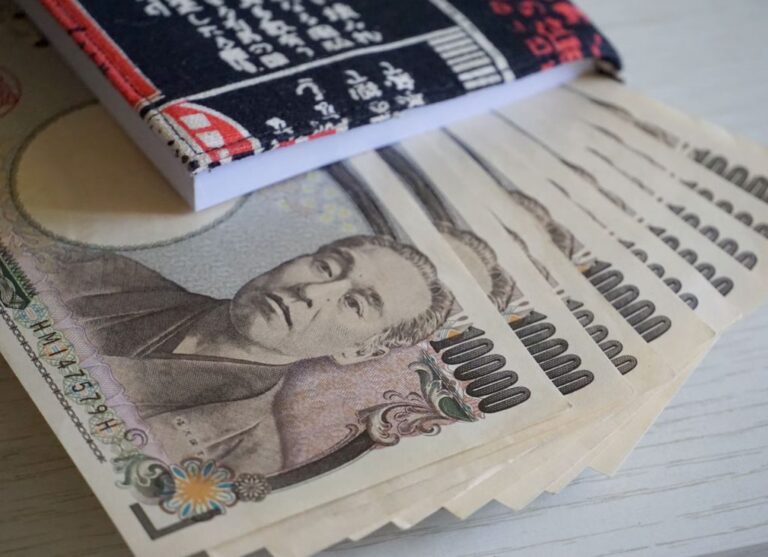
Morning Brief – Runaway
If you follow commentary in the commodities and particularly metals markets you might agree that the following is a good summary of analysts’ dialogue. “Is it hard, can it be used to build stuff? Good: buy it.” Positioning in the hard commodities space has seldom been this bullish on the price of underlying assets and now rivals levels last seen in 2008 that were themselves all-time highs. If a rally does take place in sectors including energy, infrastructure and agricultural commodities there will be significant ramifications for the foreign exchange market too. If however, the positioning and speculation surrounding commodities and the consequent positioning in commodity currencies unravels, the impact in the FX market could be the opposite. With that in mind, how should currencies in this space including AUD, NZD CAD, NOK, even GBP and many emerging market currencies, perform?
There are two broad drivers of the commodity market and commodity currencies at the moment. Firstly, as the economy reopens, infrastructure investment and economic growth are expected to tighten markets by reintroducing demand lost during the pandemic. The already tight market and the fact that commodity producing nations limited capacity to not over supply the market for the past 15 months will exacerbate the tightness in these markets, creating further upward price pressure. The second major factor behind rising commodity prices is the renewed push towards climate targets and the production of greener primary products. Many processes involved in producing raw materials including metals and soft commodities including food are extremely carbon and energy intensive. The push towards greener refining methods involve more costly processes producing further upward price pressure within commodity markets.
Commodity currencies are those currencies which are typically affected significantly by the commodity market’s performance. This usually happens for two reasons: 1) the underlying economy has a significant exposure to a given commodity or 2) it is a high beta-procyclical currency that shares similar dynamics with the commodity market. When an economy has a developed export market for a particular commodity, the demand for its currency on the FX market is significantly impacted by the value of the exports of that particular commodity in that particular market. From Australia and Iron Ore to Canada and oil, South Africa and precious Metals to Brazil and Soybeans, commodities have a huge impact on the value of currencies. When the value of a commodity rises, provided that the quantity exported does not fall as a result of price elasticity, then the capital account should move in favour of the local currency as importers overseas purchase local currency to settle the provision of the commodity.
As demand grows for local currency to facilitate the exportation of rising values of commodities, the equilibrium price of that currency rises ceteris paribus. The improving capital account stabilises the finances of the exporting nation further encouraging appreciation in the local currency. Given the firm outlook for commodity prices across the board as the global economy enters a period expected to bring high global growth levels, commodity currencies are preparing for a winning streak. It’s no surprise that these economies too are those starting to speak first about normalising financial conditions further raising price pressure on the local currency. Any talk of a late 2021 resurgence in the virus globally and signs of an underwhelming bounce back in the global economy and this commercial and speculative positioning in commodity currencies could be unwound creating volatile conditions and undermining the value of such currencies.
Discussion and Analysis by Charles Porter

Click Here to Subscribe to the SGM-FX Newsletter
Related Insights

Morning Brief – Japanese Yen
Japanese Yen With JPY at a new 34 year low versus EUR, the market is set for an ambush by the Bank of Japan if it acts today at the end of their Policy Meeting to support the Yen. The reason that the market is susceptible is because it has convinced itself that the BoJ […]

Morning Brief – Coalition
Coalition This briefing is about South Africa and the Rand, which frequently proves to be one of the more divisive subjects within our roster of currencies. In particular, with the election looming, this will be about South African governance. Not from a political or human perspective about what may be the best long term outcome […]

Morning Brief – US Tariffs on Chinese Imports
US Tariffs on Chinese Imports Recently we wrote about how Mexico has become the Number One trade partner for the USA. It now transpires that Mexico may have had what is known as a little assist with their numbers: the statistics for the number of 20 foot shipping containers for the first three Quarters of […]



 Humphrey Percy
Humphrey Percy Charles Porter
Charles Porter